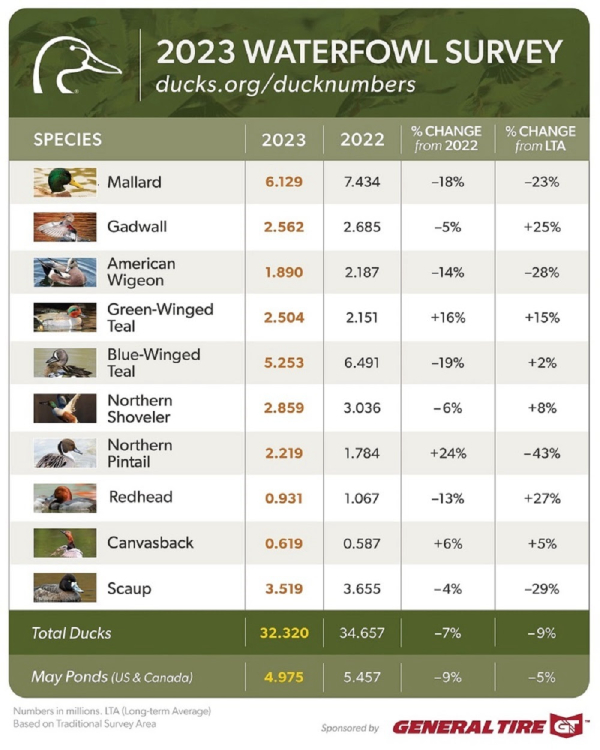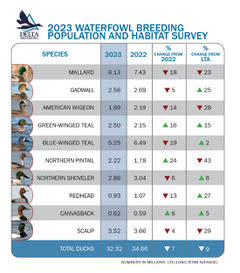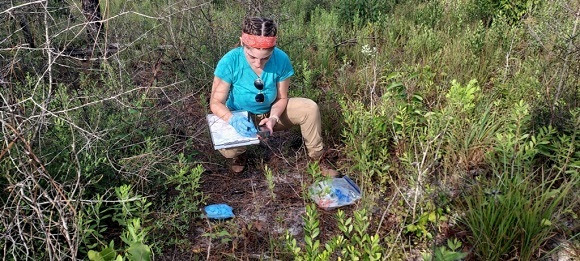RMEF’s $100,000 Commitment Advances CWD Research

Furthering efforts to promote the scientific understanding and management of chronic wasting disease, the Rocky Mountain Elk Foundation committed $100,000 to two research endeavors.
One study, in conjunction with the University of Tennessee CWD Working Group, aims to develop a CWD test for live animals. The other seeks to measure the CWD prevalence among elk in the Black Hills of South Dakota.
“There are many more questions than answers related to this mysterious and deadly wildlife disease,” said Blake Henning, RMEF chief conservation officer. “This research has great potential to shape how biologists can better manage CWD’s impact on wildlife.”
Development of a live CWD test (University of Tennessee)
· Research to develop a rapid and sensitive platform for detection of CWD prions in live animal samples. Results could help state wildlife agencies evaluate prevalence and improve management including test-and-cull actions. Read more











